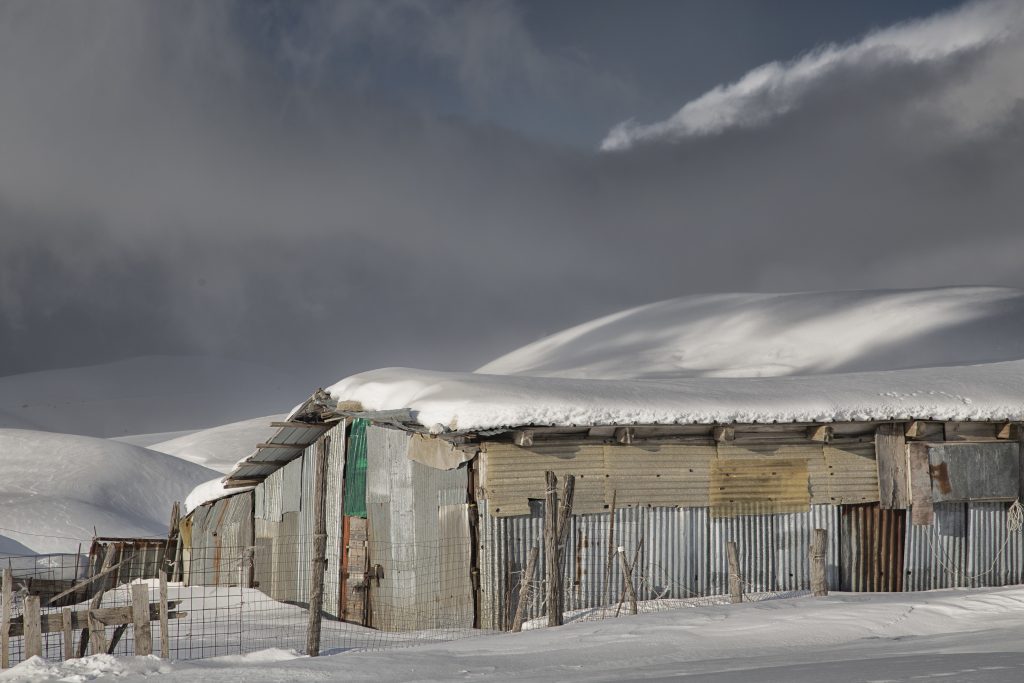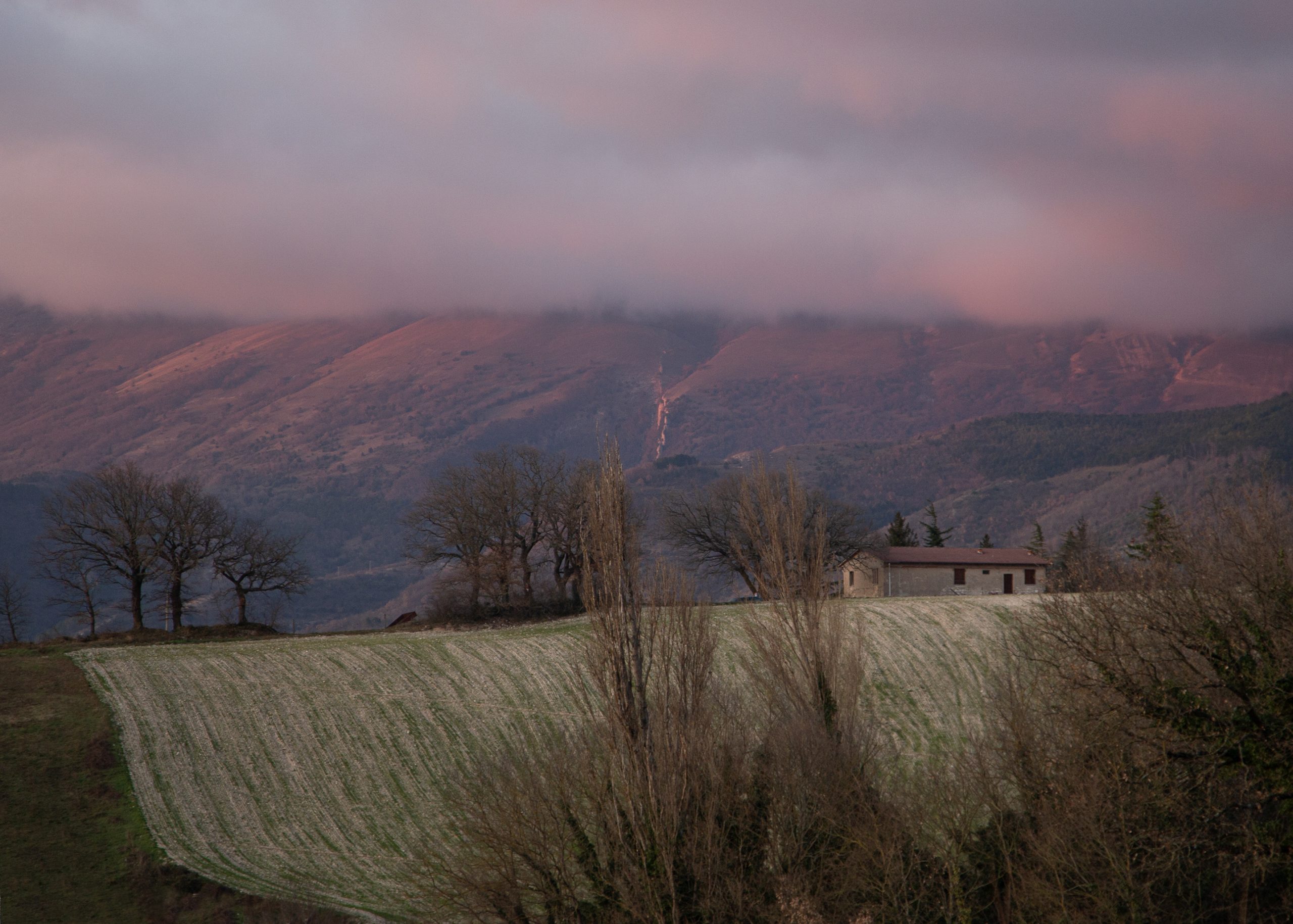
The house, regardless of the condition of its inhabitants, is often shaped starting from an abstract idea of how it should be, a mixture of what is deeply needed and what is induced by external conditioning, mainly related to the need to represent oneself. The difference between those who know how to inhabit and those who do not does not necessarily depend on economic condition or available space, but precisely on the “ability to inhabit.”
Many houses conceived so far no longer meet our needs, both as individuals and as a society, to the point of contributing to segregation, loneliness, depression, health problems, and even the tendency to overconsume. (Apartment, a space where one withdraws, does not relate)
Feeling in balance with the environment that surrounds us is a rare sensation of well-being but one that needs to be sought. It can be perceived in unexpected moments of our days, or pursued consistently albeit unconsciously, throughout life. It is often felt as a physical need but actually hides a primordial human need. It is a personal and collective search. The experience of balance allows us to discover new aspects of ourselves and find harmony with people and nature.
As you live in the house, you live in everything, the “mother earth,” the relationship with the environment and others. “We need a home psychologically as much as we need it physically: to compensate for vulnerability,” wrote Alain de Botton some time ago in an article in the Independent dedicated precisely to the idea of home. “We need a refuge to support our moods because much of the world opposes our alliances. We need our rooms to align with the desirable versions of ourselves and to keep our important and evanescent sides alive.” Alain de Botton. Architecture and Happiness.
The house – in its protection/relationship binomial – beyond its size, must represent us, and the spaces must allow and promote the complexity of individual and community life, of the family. The house as a refuge and stronghold has been the most important element of the pandemic, a place, a therapeutic object that helped us overcome the period of isolation. Each person has rediscovered pleasures and rituals to experience within the living space and realized that true luxury lies in the quality of spaces, in the quality and quantity of their relationships.
The house, the dwelling, the refuge, has boundaries that arise from a need for protection but at the same time for exchange, for filtration (think primarily of natural elements: sun-light, air, water). The delimitation, the boundary, should be porous. From this porosity, a different way of relating to people, neighbors, the community, otherness; a new way of relating to the earth and the natural elements derives. The house, private property, becomes contaminated for the benefit of its inhabitants.
Gaston Bachelard speaks in The Poetics of Space about the four classical elements: air, water, fire, earth. “Each of these elements is like a homeland for every man, the natural sacrament that brings strength and happiness.”
We tend to believe that the boundary of our homes lies at the threshold, but we forget that they are part of a larger physical space, an expanded, global scenario: flows of energy, infrastructure, ecosystem, environment. Home: it is an infinitesimal piece of the world but is related to the whole. As you live in the house, you live in everything, the “mother earth,” the relationship with the environment and others. “The threshold of the house is the fulcrum of the space created by inhabiting: the inhabited earth extends on both sides of the threshold.” Ivan Illich

